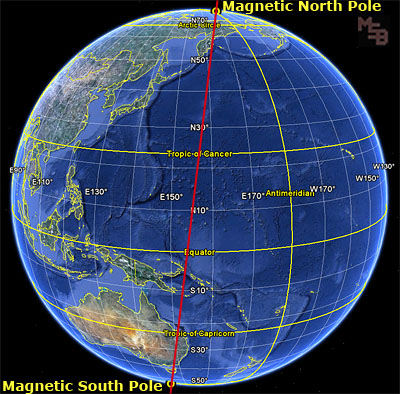


It could purely coincidental, but who’s to say… Observe the magnetic pole axis tilt, and the fairly precise indication to the part of the planet that is favored more-so by proximity to the magnetic axis.Ĭould crustal movements, earthquakes and volcanoes be affected differently on this side of the planet than the other? The location is certainly right on top of the pacific ring of fire, and very near the general vicinity of Indonesia (most active volcanoes in the world), and located in the part of the world that gets the majority of earthquakes. As they say, a picture’s worth a thousand words…Īs you can see, I spent a lot of time on graphics today ) Take a look at the following graph and see the extreme difference in North versus South Pole Shift speed since about 1930. These are all interesting things to think about (for some of us), and while being just a logical minded casual observer, there is no doubt that these earth changes are powerful ones – even if only occurring relative to the time frame of the planets life. If the Outer Core is ‘centered’ with the rest of the earth, and the molten iron composition is considered to be relatively consistent, do these observations indicate that the magnetic axis is actually bending or warping as it passes through the planet? Is the iron consistency changing in one part of the Outer Core more than the other? Since we know that the earth’s magnetic field is generated from the spinning liquid molten iron Outer Core (encapsulating a solid iron Inner Core), is one part of the Outer core churning differently than the other?Ĭould the Outer Core, or part of it, be offset somehow, causing the magnetic pole axis to pass through one side of the planet more than the other? Wouldn’t that cause the planet to wobble? When the earth is visualized with its magnetic poles more offset and favored towards one side of the planet than the other (which it has been for some time – although the south magnetic pole is moving even further to the favored side), coupled with the large variance in shift speed between the north and south, explanations may seem bizarre.

The north magnetic pole is fairly near true north and is ‘only’ about 360 miles (580 km) away. The south magnetic pole is actually 1,800 miles (2,900 km) away from the earth’s true south pole! That is a substantial offset. Not only that, but it is interesting to note that both the north and south magnetic poles are favoring one side of the earth – the south pole is heavily favoring one side, and continues to move further away from true south. (Pole coordinate data sourced from NOAA’s National Geophysical Data Center) In fact, it’s drift, or pole shift, is actually slowing down! Presently it’s only moving 3 miles (5 km) per year, only a tenth the speed of the north! Well as it appears, the earth’s magnetic south pole is not behaving similarly to it’s opposite north pole. If you wish to be notified when new versions of G.While the speed of the earth’s magnetic north pole shift has drastically sped up lately to about 34 miles per year (55 km), let’s look at what is happening with the south magnetic pole.Įvery magnetic field has two polarities, North and South for example, and one might think that whatever is happening with one pole would be happening (in the inverse?) to it’s opposite pole. G.Projector also understands many SHP shapefiles and can use them for overlays.
#GPROJECTOR SHIFT POLES SOFTWARE#
Get G.ProjectorĪdditional CNO/CNOB overlay files compatible with G.Projector are available from the Panoply software collection of The current version of G.Projector is 3.0.4, released. It requires that your computer have a Java 9 (or later version) runtime environment installed. G.Projector is a cross-platform application that runs on Macintosh, Windows, Linux and other desktop computers. Longitude-latitude gridlines and continental outlines may be drawn on the map, and the resulting image may be saved to disk in GIF, JPEG, PDF, PNG, PS or TIFF form. G.Projector transforms an input map image into any of about 200 global and regional map projections.


 0 kommentar(er)
0 kommentar(er)
